Representativeness in Machine Learning applications for photometric redshifts
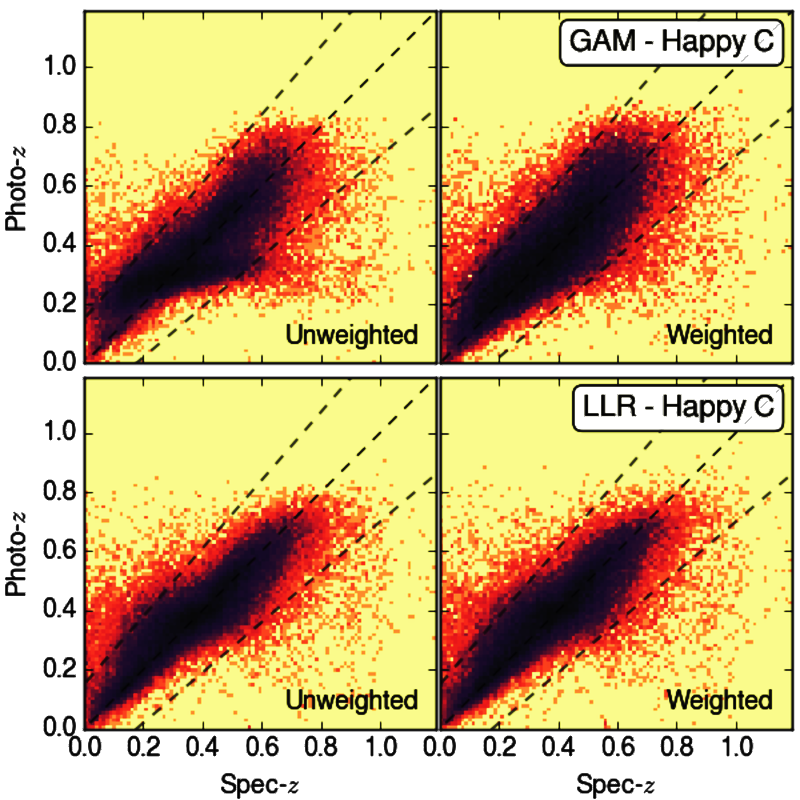
We present two galaxy catalogues built to enable a more demanding and realistic test of photo-z methods. We demonstrate the potential of these catalogues by submitting them to the scrutiny of different photo-z methods, including machine learning (ML) and template fitting approaches. Our catalogues represent the first controlled environment allowing a straightforward implementation of such tests.
Hierarchical Bayesian Models
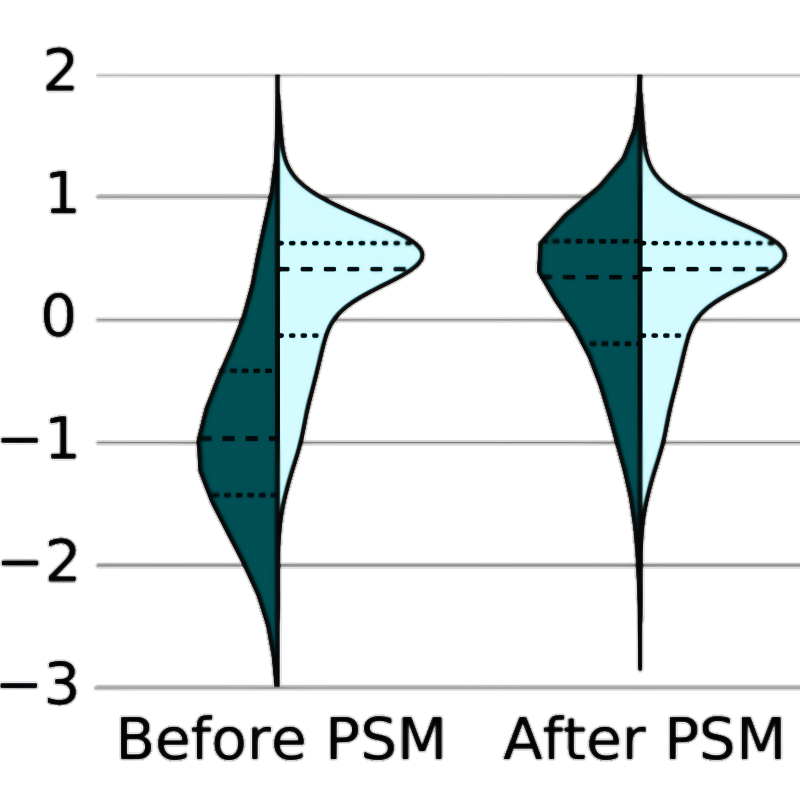
We developed a hierarchical Bayesian model to investigate how the presence of Seyfert activity relates to their environment. In elliptical galaxies, our analysis indicates a strong correlation of Seyfert-AGN activity with the cluster centric distance, and a weaker correlation with the mass of the host. In spiral galaxies these trends do not appear, suggesting that the link between Seyfert activity and the properties of spiral galaxies are independent of the environment.
Dimensionality Reduction And Clustering for Unsupervised Learning in Astronomy

DRACULA classifies objects using dimensionality reduction and clustering. The code has an easy interface and can be applied to separate several types of objects. It is based on tools developed in scikit-learn, with Deep Learning usage requiring also the H2O package. We show how it can be used to identify sub-classes of type Ia supernovae.
Analysis of Multi-dimensional Astronomical Data sets
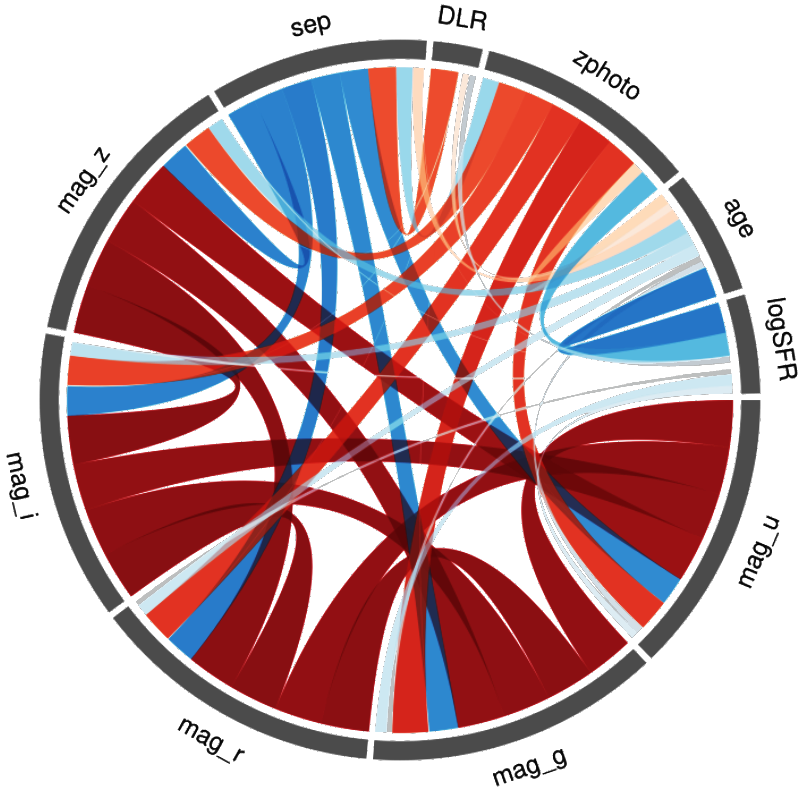
AMADA allows an iterative exploration and information retrieval of high-dimensional data sets. This is done by performing a hierarchical clustering analysis for different choices of correlation matrices and by doing a principal components analysis in the original data. Additionally, AMADA provides a set of modern visualisation data-mining diagnostics. The user can switch between them using the different tabs.
Approximate Bayesian Computation
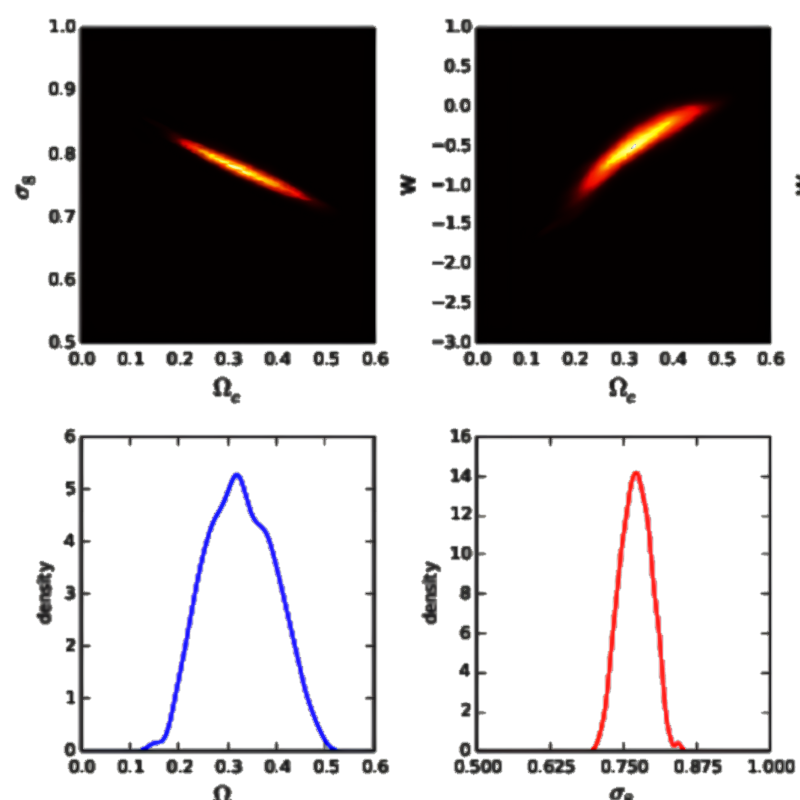
Approximate Bayesian Computation (ABC) enables parameter inference for complex physical systems in cases where the true likelihood function is unknown, unavailable, or computationally too expensive. Here we present COSMOABC, a Python ABC sampler featuring a Population Monte Carlo variation of the original ABC algorithm, which uses an adaptive importance sampling scheme.
The road to interdisciplinarity

How Have Astronomers Cited Other Fields in the Last Decade?
One of COIN’s main goals is to explore the frontiers of interdisciplinarity inspired by astronomy.
GLM III: Negative Binomial Regression
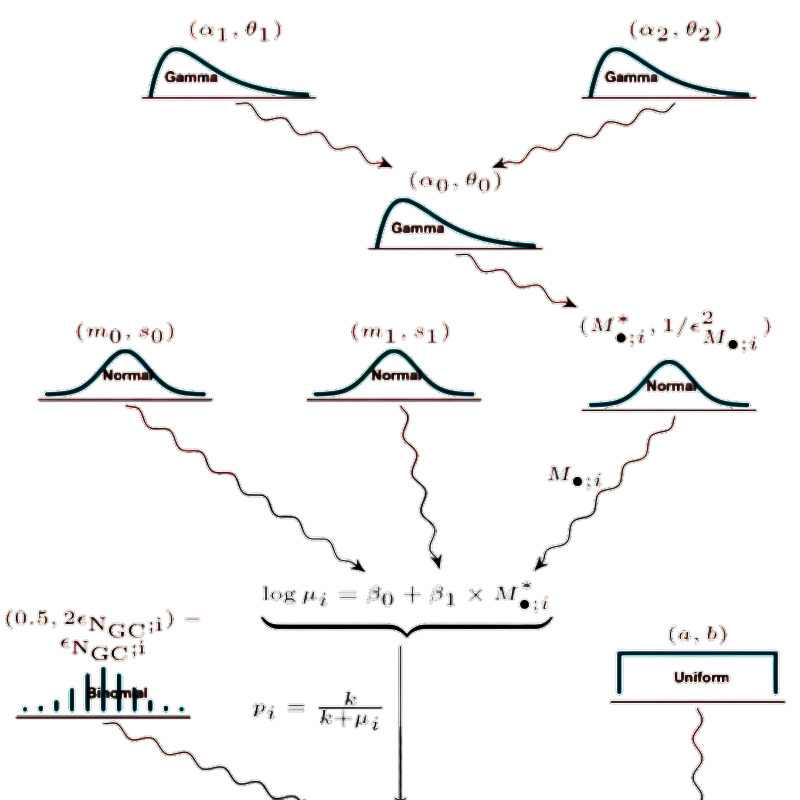
We elucidate the potential of the class of GLMs which handles count data. The size of a galaxy’s globular cluster (GC) population (NGC) is a prolonged puzzle in the astronomical literature. It falls in the category of count data analysis, yet it is usually modelled as if it were a continuous response variable. We have developed a Bayesian negative binomial regression model to study the connection between NGC and the host galaxy properties.
